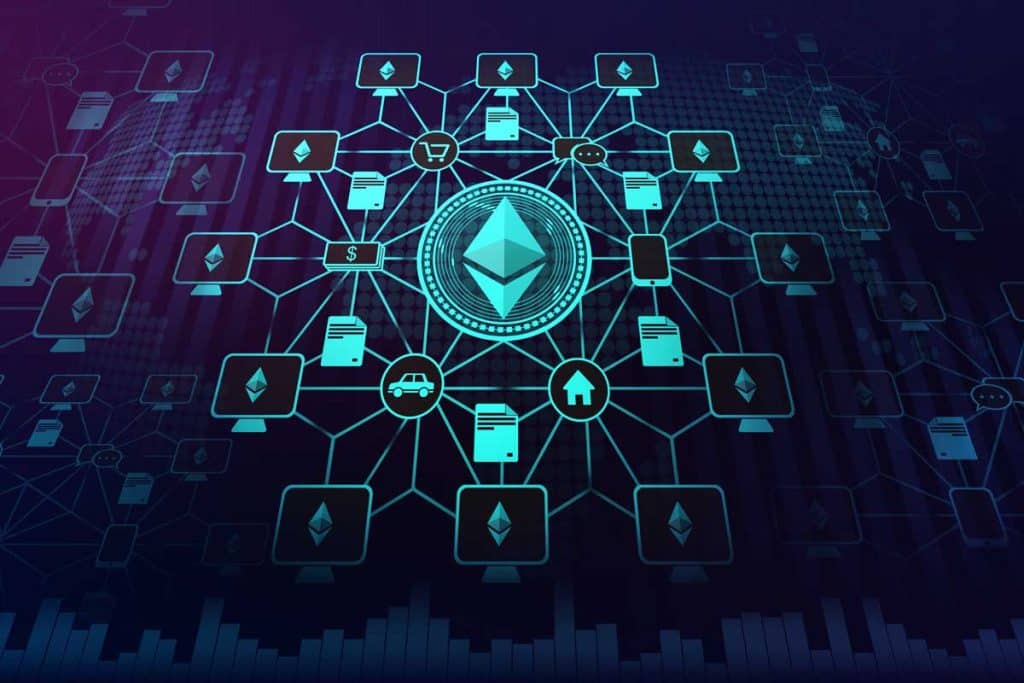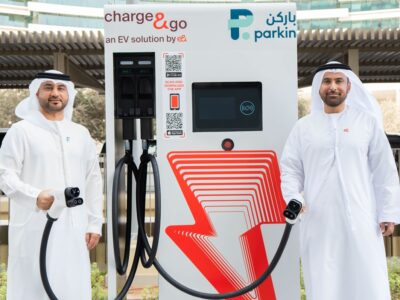Digital technology expert Alex Pipushev says that the key innovation of blockchain and web3 technologies is that they introduce us to and teach us about digital ownership and digital rights.
A few months ago, the metaverse trend emerged and gained popularity. As a result of this, Facebook rebranded to Meta, and the Dubai government, represented by Sheikh Hamdan bin Mohammed bin Rashid Al Maktoum, launched Dubai Metaverse Strategy.
The term metaverse usually refers to a synthesis of modern technologies such as Virtual Reality (VR), Augmented Reality (AR), Artificial Intelligence (AI), Blockchain, Smart Contracts, Web3, and NFT.
The place of the first three, VR, AR & AI, are easy to understand, since it has become evident how these technologies are applied to real life applications, games, and services. However, these three technologies alone cannot reveal the full potential for how applications can be automated and infused with incentives, which can only be unlocked by the so-called decentralisation technologies.
Building blocks
Blockchain technology is fundamental to the so-called web3, created to solve the problem of secure distributed storage and updating the information about authorised transactions by reaching consensus and cryptographically linking transaction histories in chains of blocks.
Although it sounds complicated and difficult to scale, we can imagine networks of thousands of computers where the state of each computer is a complete clone of the others.
Such systems support the quality of immutability: they are very secure against attempts to change historical data. Moreover, they continue to work even if most computers in the network fail or become blocked, which is related to the concept of censorship resistance and reliability.
As a former biologist, structures like these remind me of the complex and adaptable systems that form living organisms and ecosystems. Blockchain computing networks make it possible to run autonomous programmes (smart contracts), which can be extended into something that real users or other programmes can interact with – so-called decentralised apps (dApps).
NFT (non-fungible token) technology relies on a simple concept: it is based on a record in the blockchain network which states that a digital object with index X belongs to the owner with address Y. Both the notion of an address and the ability to store data about what digital assets belong to that address are some of the key concepts of web3 technology.
Owning a private key to a specific address gives you the right to work with digital assets and decentralised applications. In metaverses, the economy is based on what the users can do with the assets they own. For instance, it can be a game where certain valuable virtual artifacts need to be collected and traded for other artifacts or sold for in-game currency.

The rise of virtual worlds
Metaverses can be fully virtual (VR), partially virtual (AR), or hybrid, but the underlying Web3 technology remains the same. A special category of metaverses is called the Realverse, i.e. a synthesis of digital economy with real-world assets and business processes. Fitness games based on the move-to-earn model are such an example.
Moreover, the onboarding of users via Realverse applications in AR and then VR metaverse apps seems to be most favorable to users. Despite the booming market for digital assets, DeFi and NFT markets are still fairly speculative and risky in terms of return on investment. However, the industry itself finds and implements solutions to this issue, for instance, through the development of markets for real-world assets.
The most obvious example here is the market of stablecoins, which is crucial for digital assets because people use it extensively to store capital, multiply it without the risk of volatility, and use it as the primary means of payment and for trading. There is a class of stablecoins pegged to the US dollar but operating solely on the basis of smart contracts, using overcollateralisation in liquid digital assets, for example, DAI, LUSD, and GCD stablecoins.

NFTs open up perhaps even more ways for tokenisation of objects such as real-estate, cars, art, intellectual property, and generally any commodity of a physical, intellectual, service-based, or digital nature. One of our pilot projects currently involves rethinking the concept of vacation rentals and city tours via the mechanics of so-called dynamic NFTs. Our region is perfect for this kind of technological experiments.
The key technological platform for metaverses and Web3 is currently Ethereum. The market grows rapidly though, and to serve hundreds of millions of users globally, it is necessary to scale the technologies of decentralisation and Ethereum itself.
So-called blockchain rollups can do a great job in scaling those technologies, and my company is closely involved in research and development of rollup-based solutions, as well as consulting and auditing of other related projects.
Just like the internet, metaverses and Web3 are networks, and the more creators and users a network has, the more useful it becomes for everyone involved. Metaverses, therefore, can be considered a new internet.
Brand View allows our business partners to share content with Arabian Business readers.
The content is supplied by Arabian Business Brand View Partners.







